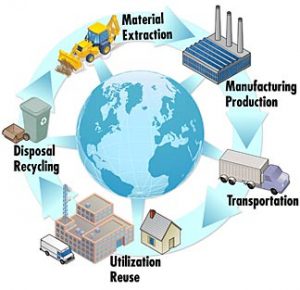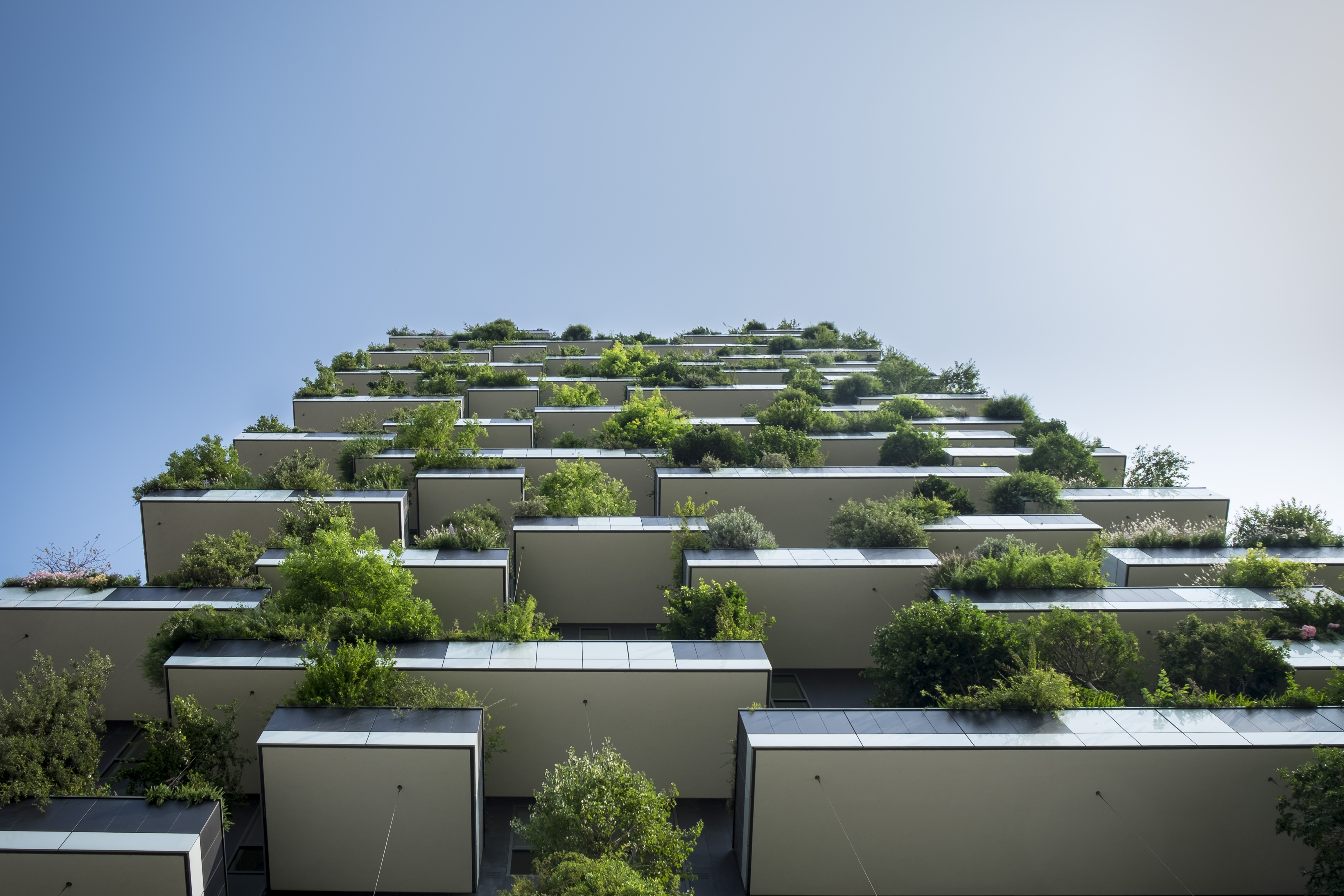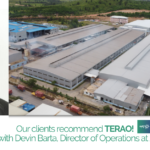The Life Cycle Assessment approach has been used since 1970. First of all, in the context of Oil-Shock, it was used by the industry to link the production and transportation of products to the energy cost. Then the focus grew to the environmental impacts of activities since 1990. The approach is now standardized by ISO 14 040 and ISO 14 044.
The Life cycle assessment is a technical study based on the analysis of the potential environmental impacts of a product, it is defined by three main pillars:
- Gathering the maximum of inputs and output information related to the product,
- Considering all of the environmental impacts associated with these characteristics,
- Explain and interpret the LCA results and the environmental impacts.
The goal of this study is to provide a deep analysis of the environmental impact of those materials.
The Life cycle assessment is composed of the following steps:
- The production part; is the raw material supply, the manufacturing of products and the transportation.
- The construction part; the distribution of the product, its transportation and its installation
- The utilization; the maintenance of the product, the repairs and its operation
- The end of life; the demolition of the product, and its transportation recycling.

In order to decide on the materials to employ in the project while considering their environmental impacts, the Life-Cycle-Assessment study should be performed in different design stages in order to ease the decision making.
TERAO will use the ISO 14040 Standard methodology to carry out a LCA. If you need this kind of analysis to better understand the environmental impact of your materials, feel free to contact us at nieong@teraochina.cn for further information. We would be pleased to explain more about the LCA regarding your project.


![[Expertise] How to conduct an energy audit to identify areas of energy waste in business](https://teraoasia.com/wp-content/uploads/2024/06/Expertise-1-150x150.jpg)

Leave A Comment